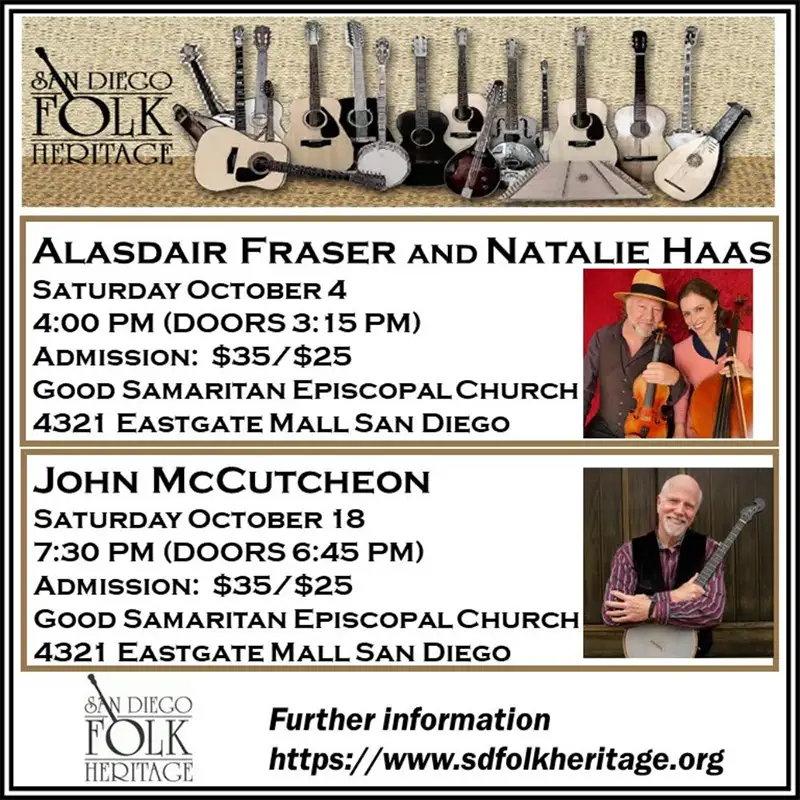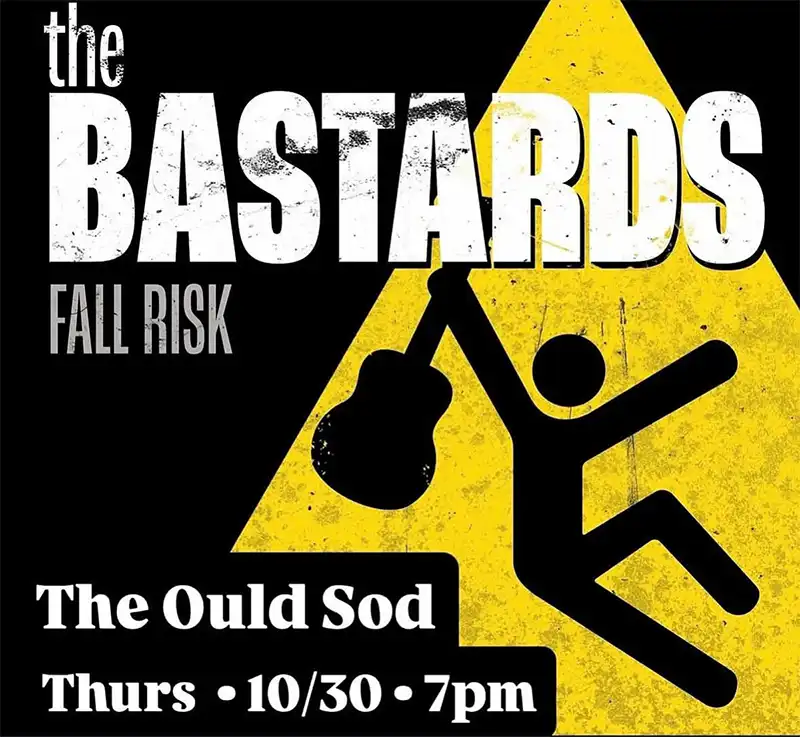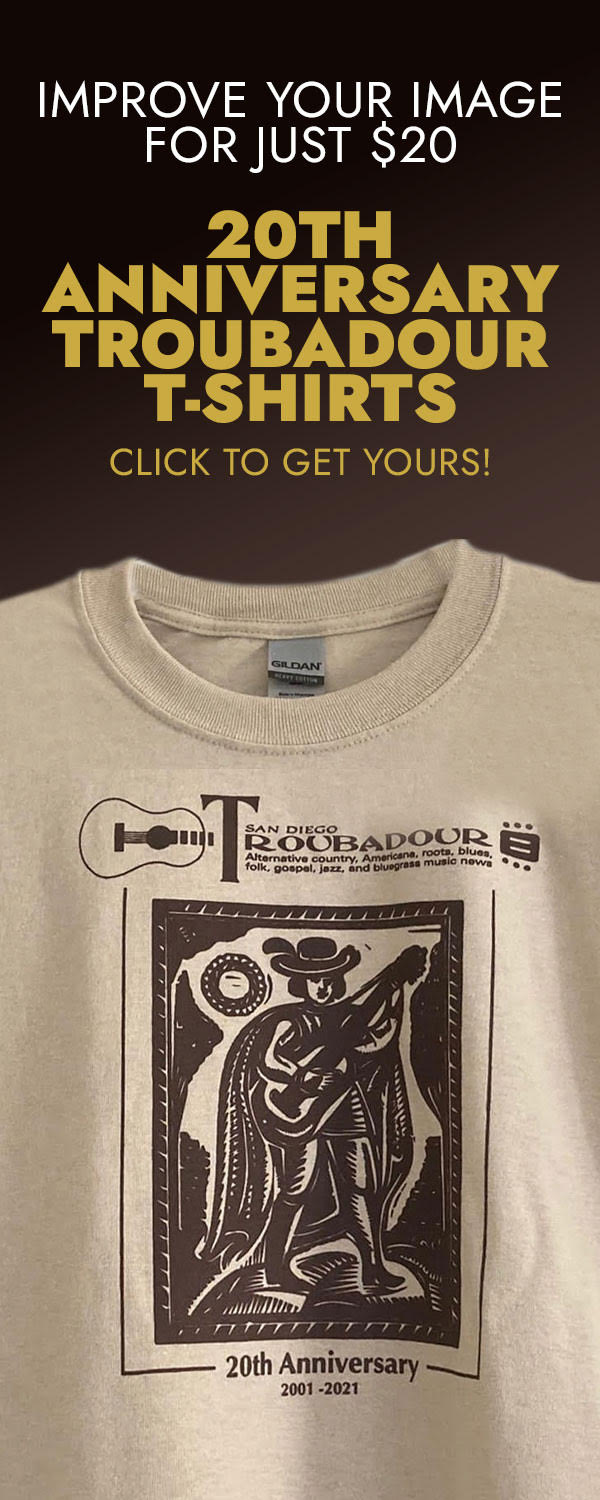Ask Charlie...
Get Low…
Hello Troubadourians! At some point, every musician gets bored with their playing and/or their instrument. Learning new songs or learning a new technique can do the trick. When that works, you feel accomplished and you have new things to work into you playing. But, sometimes the only way to break through the boredom is to make a radical change. For a guitar player, trying an altered tuning can often feel enough like you’re playing a different instrument to inspire new ideas in your music. You can approach it however you want to but you can try two simple things to figure out how to play familiar things in the new tuning, or just go with it and let the tuning explain itself to you. Almost every tuning has some aspect or characteristic that you can work with and find things that work with simple fingering. Or you can just pick up a different instrument…
Common “second” instruments for guitarists are electric bass, mandolin, banjo, or ukulele. These are all stringed instruments that you play by pressing strings against frets and plucking them either with your fingers or pick(s). Due to their sizes and tunings, each can be both strange and familiar at the same time and can lead you to play differently when you come back to the guitar. Of course, you can also transfer some of your guitar knowledge to an alternate instrument and find new expressions, too. NOTE: If you’re a guitar player who is learning to play electric bass, please forget the previous sentence. Nobody wants to hear you play lead bass, so please learn to think and play like a real bass player—that is if you want to play bass in a band in public. Thanks. But while we’re down here on the low side, let’s talk about what inspired this column in the first place.
A few years ago, I found myself looking for different textures to add to the sound of Folding Mr. Lincoln. We had evolved into an acoustic band in as much as the only truly electric instrument was the bass guitar. My initial instinct was to reintroduce the electric guitar—which I did—but that was only a natural evolution of our sound, and we had already planned to add electric guitar when we recorded our CD. My “jones” for something new and different went unsatisfied. That was until the last recording session for the soon to be Two Rivers CD. Harry (Mestyanek) felt that we needed one more song to finish the album. He had chosen a reprise of a song from our first record but performed as an instrumental and in a different key. Our producer, Jeff Berkley, had just acquired a baritone Fender Telecaster guitar. I decided that I wanted to record my lead part using the baritone. I was aware of baritones and I had read that they were usually tuned B to B but Jeff had tuned it higher than that (C# to C#, I think…). Having only a short time to rethink, transpose, and record, I retuned it to B to B (B, E, A, D, F#, B), which is a fourth down from standard guitar tuning. From there, it was easy to transpose my part and play the adapted melody that we were after and having the F# in the tuning messed with the normal intervals in a very refreshing way. The baritone worked like magic and the reworked song was just what we needed to put a finish on the record. While I was tracking, our drummer, Jeff Stasny, said to Harry, “I think I need one of those.” Harry replied, “I know Charlie will have one as soon as he can get it.” Harry was correct. I was smitten with the tone and texture of the baritone. I didn’t want to stop playing it when we were finished with the track. I immediately started figuring how I was going to afford another guitar (and how I was going to convince my wife that I “really needed” another instrument). As it turned out, I simply converted an underutilized guitar, which I had built from parts several years before, into a baritone. Usually, baritones have an extended scale length, often 27.5″ as compared to a normal Fender scale of 25.5″. This longer scale provides for better intonation in the upper registers as well as allowing lighter strings to be used, which makes it feel more like a regular guitar. Still, a baritone with any string gauge will have a wound second string that feels a little weird at first. My conversion guitar was based on a 25.5″ scale, so I figured out a special set of strings that supported the lower tuning and still weren’t too heavy. The conversion worked well, and I played that guitar a lot with FML until its active electronics made it too unstable to use. All along I was thinking that I’d like to have an acoustic baritone too. Sometime after converting my electric baritone, I happened to play a Taylor acoustic baritone at a music store and that convinced me that an acoustic needed to be part of my quiver of instruments. However, that would have to wait, as converting an acoustic guitar wasn’t an option for many reasons, mostly because an extended scale and heavier bracing were a must for an acoustic baritone. As I’ve written many times, I really like Collings guitars and I was hoping that they would eventually introduce a baritone acoustic model because I knew I couldn’t afford for them to build me a custom-made one. Well, last year they had one at the NAMM Show and it was as classy and cool as you would expect from a Collings. However, at $6,000 it was still out of my price range for a special-use guitar. Fast forward to March 2019… I received an email from the music store where I bought my Collings I-30, telling me they could offer me a special price on anything in the store including any Collings still in stock. I quickly went to their website and found that they had a Baritone 2H. I emailed back and asked if it was still there. It was, and they made me an offer I couldn’t refuse. I’ve learned over my lifetime that when you come across something rare and valuable, if it’s at all affordable, you need to buy it—or regret it. This one, I bought, and it is completely worth it. Just the right change that I needed.
Need to know? Just ask… Charlie (ask.charlie@hotmail.com)








